Five questions with Star Alliance CEO Theo Panagiotoulias
Star's CEO shares the alliance's vision for lounges, status and member airlines.
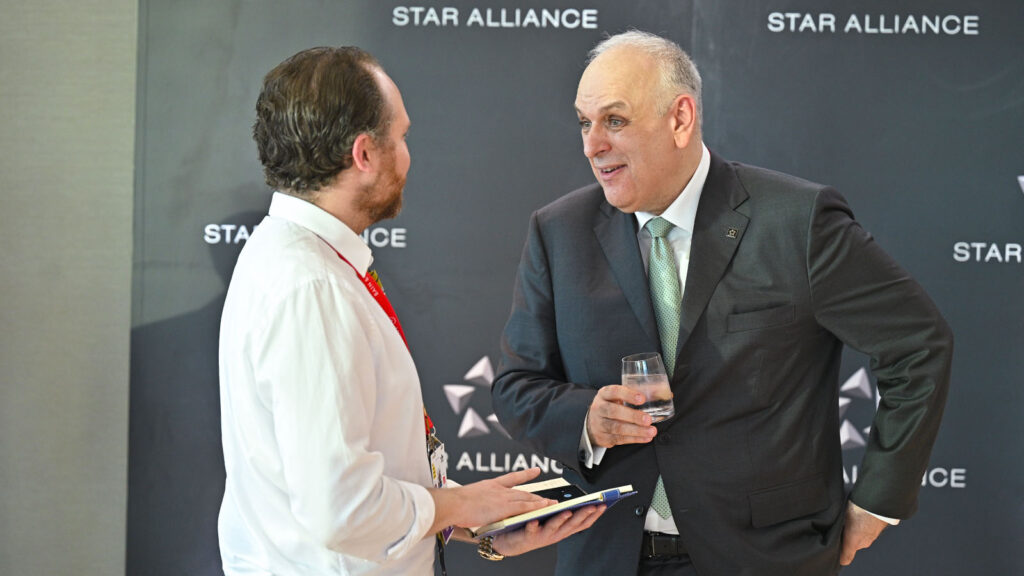
What we'll be covering
EXCLUSIVE | It’s a busy time in the world of global airline alliances. After welcoming Virgin Atlantic as its newest member, SkyTeam is poaching SAS from Star Alliance in September. The oneworld Alliance is gearing up to welcome both Oman Air and Fiji Airways as full members. As for Star Alliance, it could soon count ITA Airways among its ranks.
But other than potentially signing a new member, what’s Star Alliance’s broader strategy going forward? Will dedicated alliance branded First Class lounges still have a place in a world of shrinking travel budgets? Will Star Alliance need to expand with new alliance-wide products to keep travellers hooked… and what to do about the loss of SAS?
To find out more, I catch up with Star Alliance CEO Theo Panagiotoulias at the recent IATA AGM in Dubai for an exclusive chat.
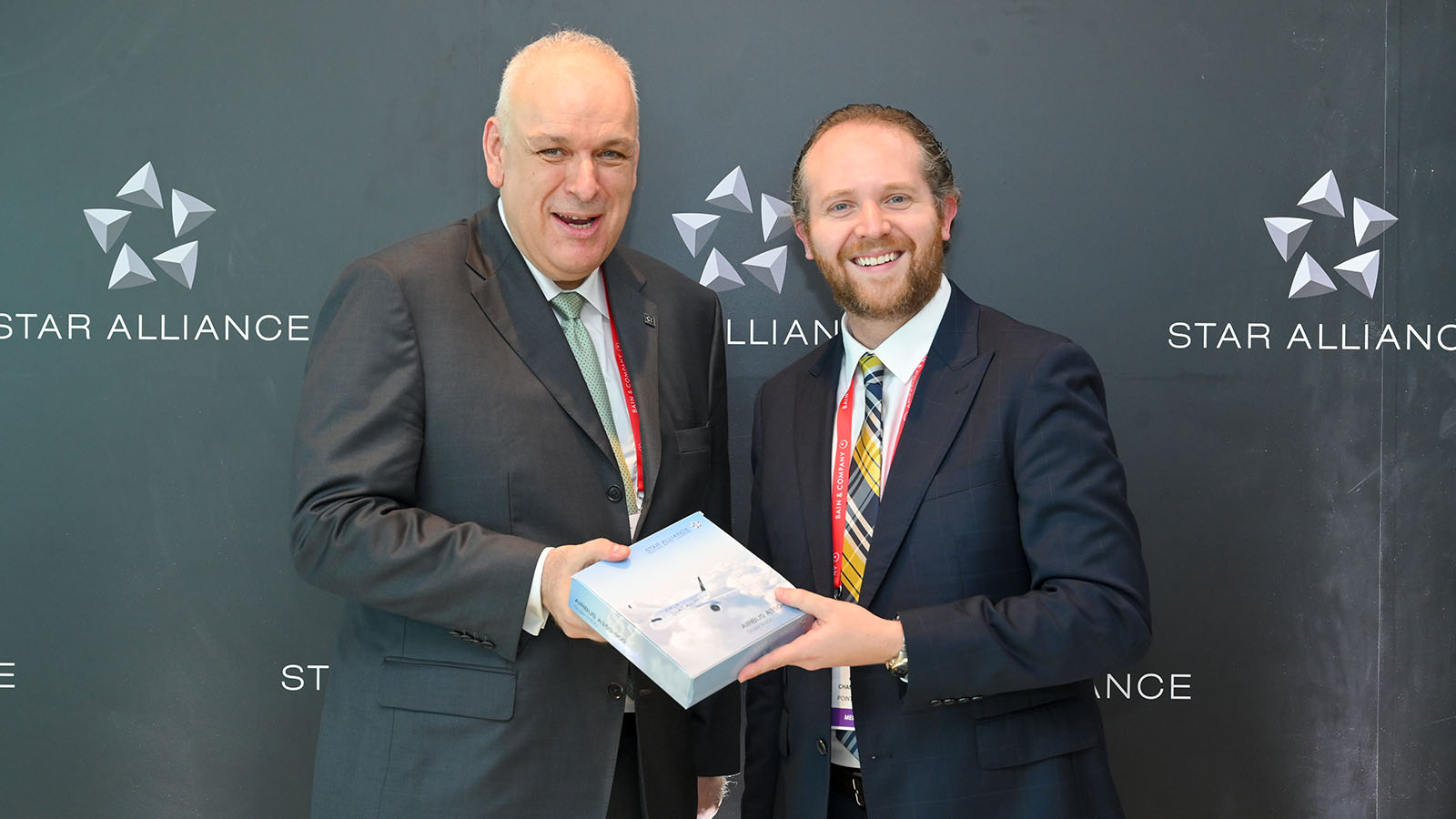
About those Star Alliance First Class lounges…
It’s no secret that the global availability of First Class continues to shrink. Many of Star Alliance’s members now offer Business Class as the highest level of service. Even for the carriers still flying a First Class cabin, its presence is often reserved only for the most premium routes.
Star Alliance is already responding to this premium shift in the skies. For instance, the alliance recently opened a new lounge in Paris. This single-class space replaces the previous – and separate – Business Class and First Class lounges in the same city. In other words, where there was a First Class lounge before, there isn’t one now. Will this be a trend going forward?
‘It’s an interesting question,’ Panagiotoulias reflects. ‘It’s hard to predict … however, what you are also seeing is a trend in the market for leisure First. So you’re right, it used to be about business travellers or actors and actresses and things like that. But it’s moved away a little bit from that.’
‘Now you’re seeing quite a bit of demand from people on bucket list (trips), for example. Or, just wanting more premium experiences. In the aviation industry, there’s a lot of trying to figure out what’s right. So, I don’t know that it necessarily will continue shrinking. You may see some specific niches of actual growth.’
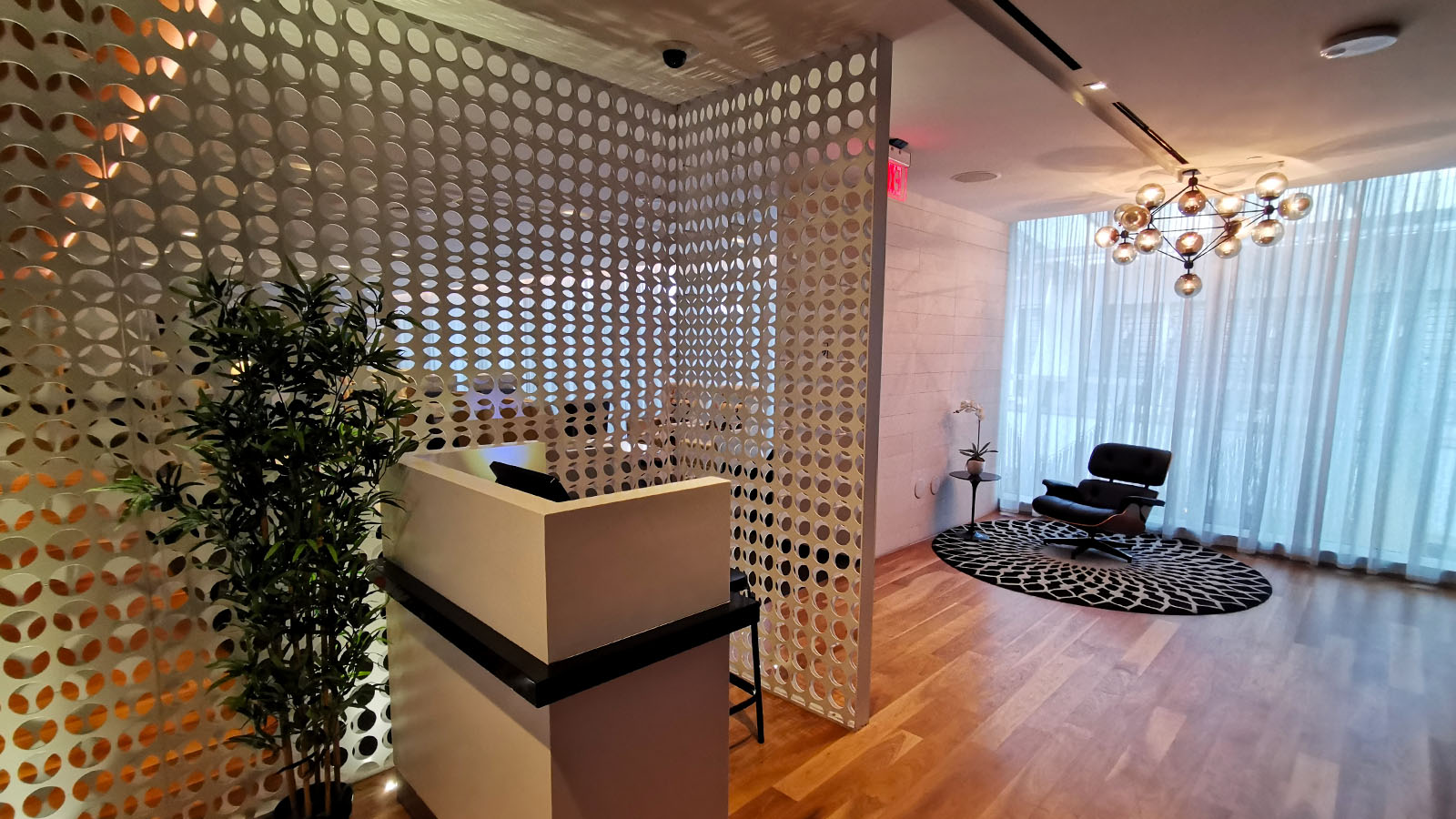
But when it comes to building any new Star Alliance lounges in brand new locations, is it fair to expect they’d just be single-class? ‘I would say, generally speaking, you’re probably right,’ shares Panagiotoulias. But ‘it depends on the market that you’re in, right? When we build out lounges, you’re looking at demographics, trends … so you may see that trend popping up in some other markets. But the point you’re making generally speaking, probably.’
Is there demand for a third Star Alliance tier above Silver and Gold?
When it comes to alliance-wide frequent flyer recognition, SkyTeam has Elite and Elite Plus. Star Alliance has Silver and Gold. But oneworld has Ruby, Sapphire and Emerald. Having that third tier unlocks an upper echelon of benefits for oneworld’s highest tier travellers. For instance, access to First Class lounges, rather than just Business Class.
Many of Star Alliance’s airlines have multiple levels within the category of Star Alliance Gold. When the member flies on their home carrier, these extra tiers can provide additional recognition and perks. But when those ‘beyond Gold’ frequent flyers travel with most partner airlines, they’re generally treated the same as any other regular Gold member.
For instance, Singapore Airlines has KrisFlyer Gold, PPS Club and Solitaire PPS Club. When flying on Singapore Airlines, the benefits become greater as a traveller continues to climb those ranks. But when flying across Star Alliance, all three tiers are treated exactly the same, as Star Alliance Gold. Should Star Alliance consider a third alliance-wide tier to provide even greater recognition for those who travel more than most?
‘I never say never,’ Panagiotoulias quips. ‘You are always looking at these things, right? The way that we are positioned right now, our (member airlines) are comfortable with the way it is. I mean, you’ve got the individual members with their frequent flyer programs and their value proposition that is reflective of their markets, per se. Do I foresee any changes to that? That could change.’
‘We’re always monitoring these things, right? And ultimately, if you are not providing a powerful value proposition, you’re not going to succeed. (But) we’re comfortable with where we’re positioned right now.’
HSBC Star Alliance Credit Card
Booking Premium Economy flights with points
Moving beyond the highest cabins and categories of the market, airlines continue to expand the availability of Premium Economy on international flights. But compared to the long-entrenched global standards of Economy Class and Business Class, Premium Economy is still relatively new.
Even though Premium Economy has been flying for years, Star Alliance doesn’t currently have an alliance-wide standard for redeeming miles in this cabin. Airlines are free to strike bespoke deals to make this possible. But in reality, most Star Alliance carriers don’t allow partner airlines to book Premium Economy reward seats. As for the frequent flyer programs, stalwarts like KrisFlyer don’t even list a redemption rate for Star Alliance Premium Economy flights.
Would Star Alliance consider making partner airline Premium Economy redemptions an alliance-wide standard? I had to ask.
‘At the end of the day, we’re not the airline, obviously. The airlines have got their own value propositions, their own offerings that reflect their (own) business model. What we do is we pull them all together. Our value proposition is all about refreshing and elaborating on the customer experience, that’s our primary focus.’
‘Our member carriers will guide us on how they’re positioned. From our point of view, we want to solve problems on the customer journey … (but) the airlines are the ones that are best positioned (to do this).’
Star Alliance’s lounge footprint in Australia
Collectively, eligible Star Alliance passengers have access to over 1,000 airport lounges globally. Many of these are contracted or operated by Star’s own member airlines. But in five cities, travellers can relax in branded ‘Star Alliance lounges’ – considered neutral territory among the collective’s members.
Among those five ports, there’s Paris Charles de Gaulle Airport: home to Star’s newest branded lounge. There’s also Amsterdam, Buenos Aires, Rio de Janeiro and Los Angeles – the latter home to distinct Business Class and First Class lounges.
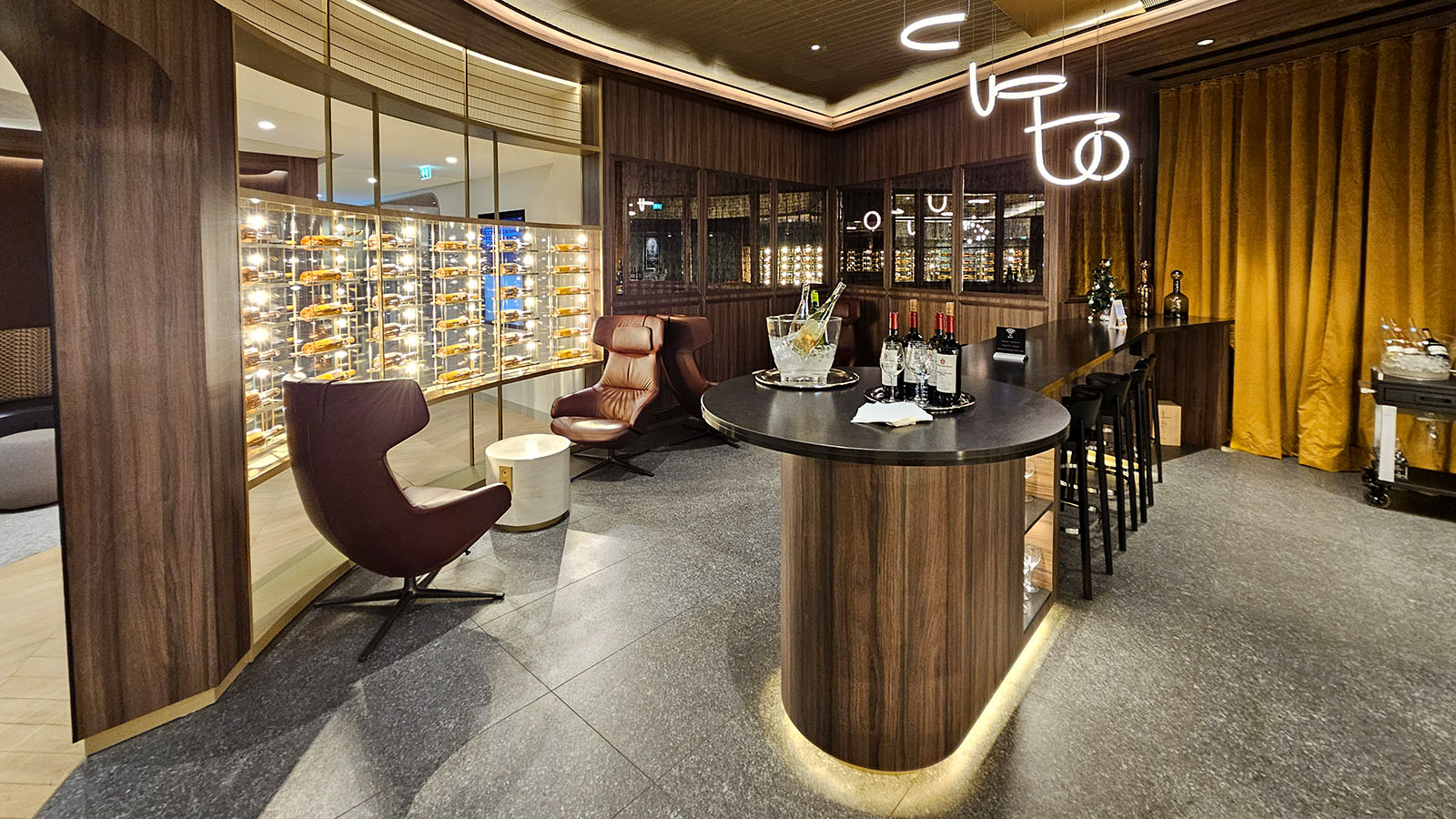
Generally, Star Alliance’s strategy is to open these lounges in ports or terminals served by many of the group’s members, but where none of those members has a home presence. Australia meets that brief – but is also home to numerous Air New Zealand and Singapore Airlines lounges. Does that preclude Australia from getting a branded Star Alliance lounge?
‘I think that’s probably fair,’ Panagiotoulias acknowledges. ‘If one of the carriers serving that market has got strong enough residency to have their own lounge that serves the needs of our membership, we go with that.’
‘Star comes in where it just makes more sense for us to do it on behalf of the carriers. It’s a commercial and value proposition that is agreed upon by the membership.’ In fairness, it’s unlikely that Air New Zealand or Singapore Airlines would openly welcome more ‘internal competition’ in the Australian lounge scape, given these carriers earn revenue every time a passenger from a partner airline enters their lounge.
What’s next after SAS departs?
One of Star Alliance’s original founding airlines, SAS, will leave the alliance at the end of August. For the trivia buffs, the five stars that comprise the Star Alliance logo represent the five carriers that founded it. That’s SAS, along with Air Canada, Lufthansa, Thai Airways and United Airlines. What will Star Alliance do about a key member’s departure?
‘Even though SAS (is leaving), we’ve still got 17 airlines that serve Scandinavia,’ highlights Panagiotoulias. For Scandinavia alone, there’s about ‘3,800 flights per month, so that’s not an issue. We’re pretty strong out there. So yeah, we’re not looking for any members at this point (to plug the gap of SAS).’
‘But we’re always looking for opportunities, right? There are white spots sometimes that pop up, so we’re always evaluating opportunities. But ultimately, if you’re going to consider a new partner, there are criteria they need to meet. Is it complementing the network? Is it expanding the footprint? We’re the largest alliance in the world, so we’ve got a pretty significant footprint. Our focus right now is more about customer experience.’
Hypothetically though, if Star Alliance were to consider a new partner in the region – or elsewhere in the world – does that airline need to be of a certain size?
‘No,’ Panagiotoulias hints, but he does share some of the factors Star Alliance uses to evaluate any potential entrant into its airline family. ‘Size is one of them, but it’s a qualitative dynamic in addition to quantitative. There’s a lot of criteria that we use.’
Having said that, Star Alliance’s newest member is likely to be ITA Airways. The Italian carrier is being taken over by Lufthansa Group. Star Alliance members Lufthansa, SWISS, Austrian Airlines and Brussels Airlines are already attached to Lufthansa Group. With the European Commission approving the ITA Airways deal, it seems it’s only a matter of time.
Also read: SkyTeam’s ITA Airways inches closer to joining Star Alliance
Featured image courtesy of Star Alliance. Chris Chamberlin attended the IATA AGM in Dubai as a guest of IATA.
Stay up to date with the latest news, reviews and guides by subscribing to Point Hacks’ email newsletter.


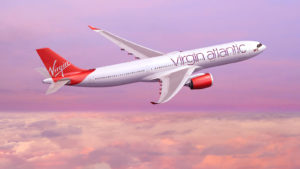
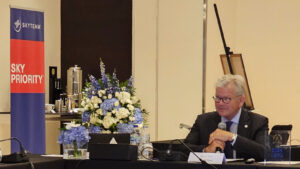


Community